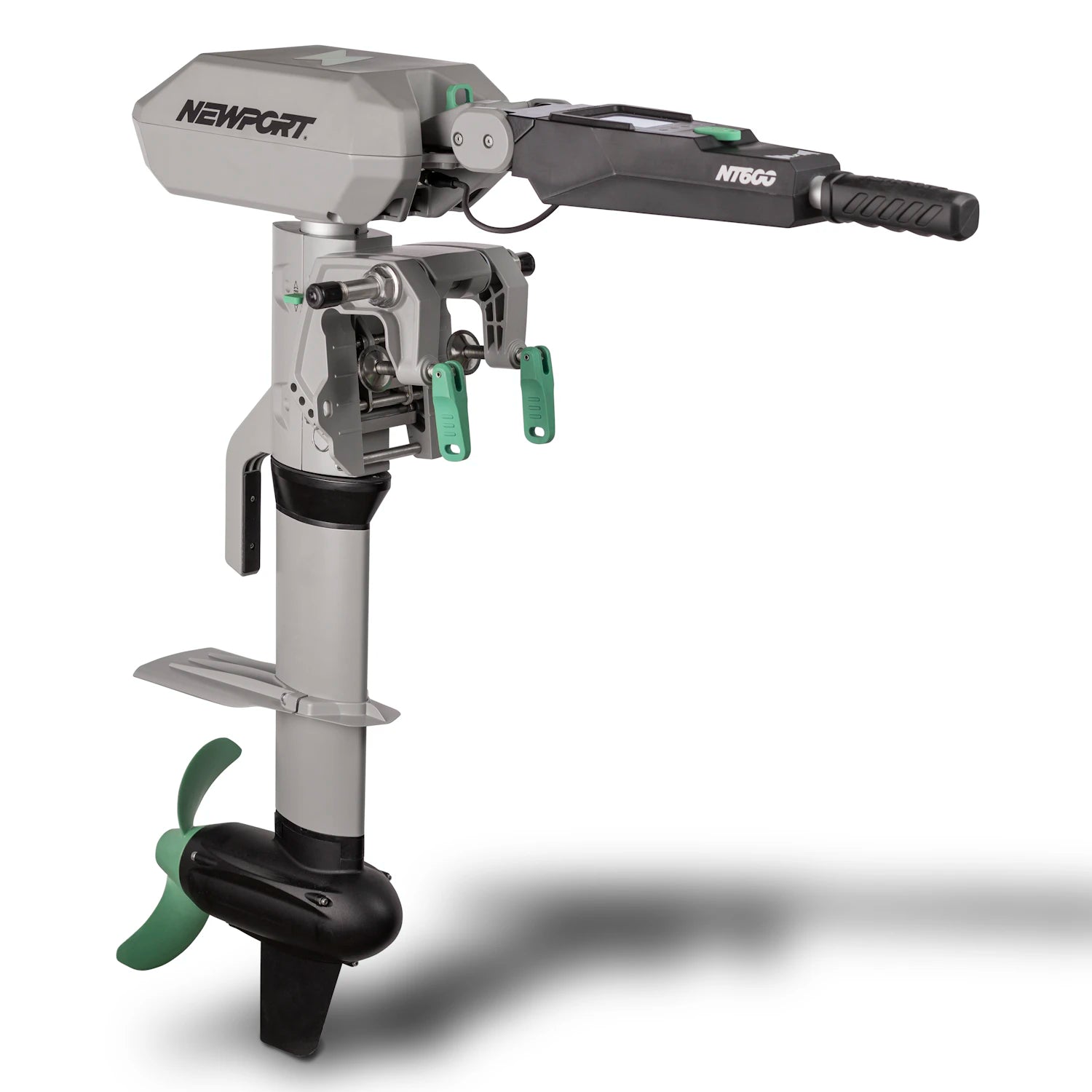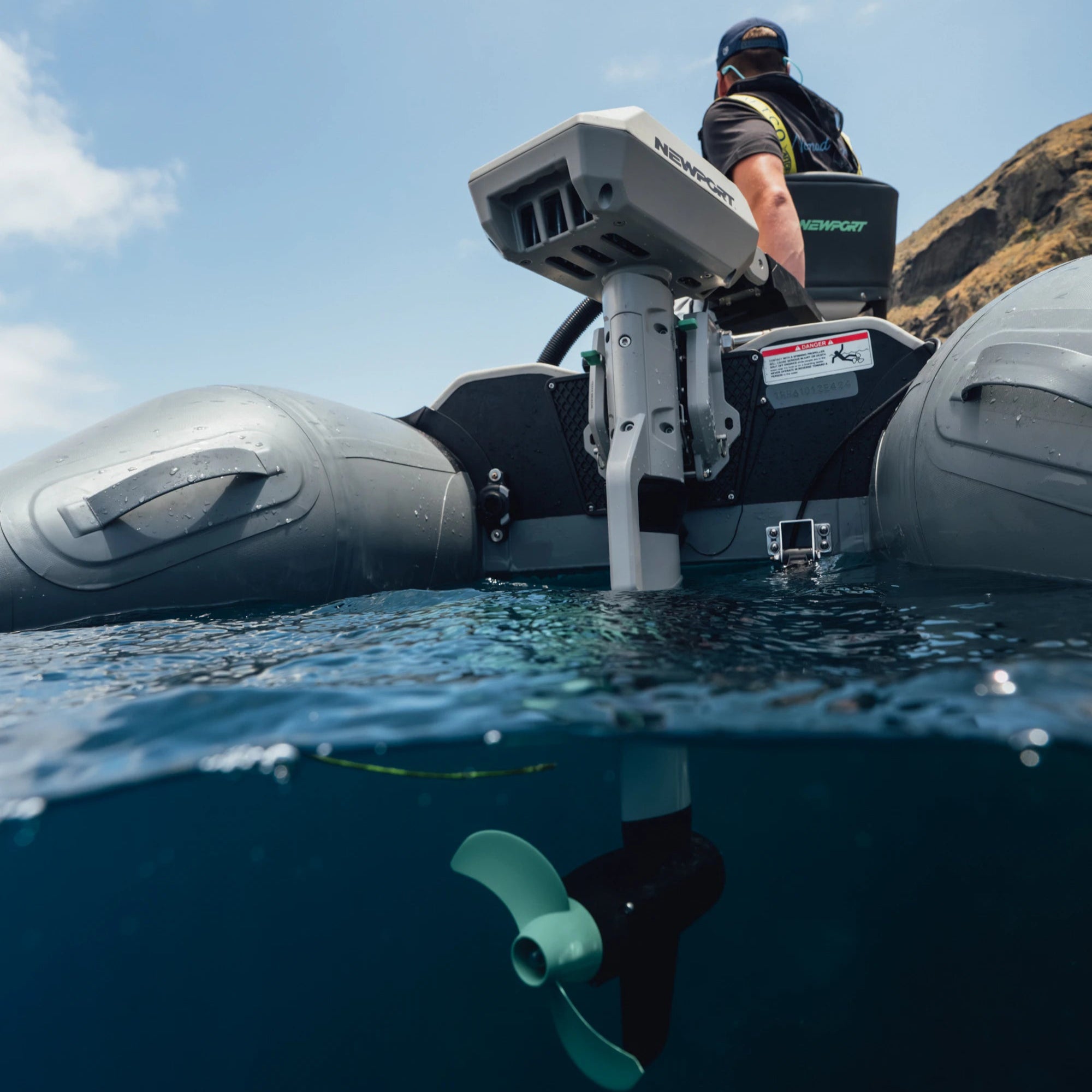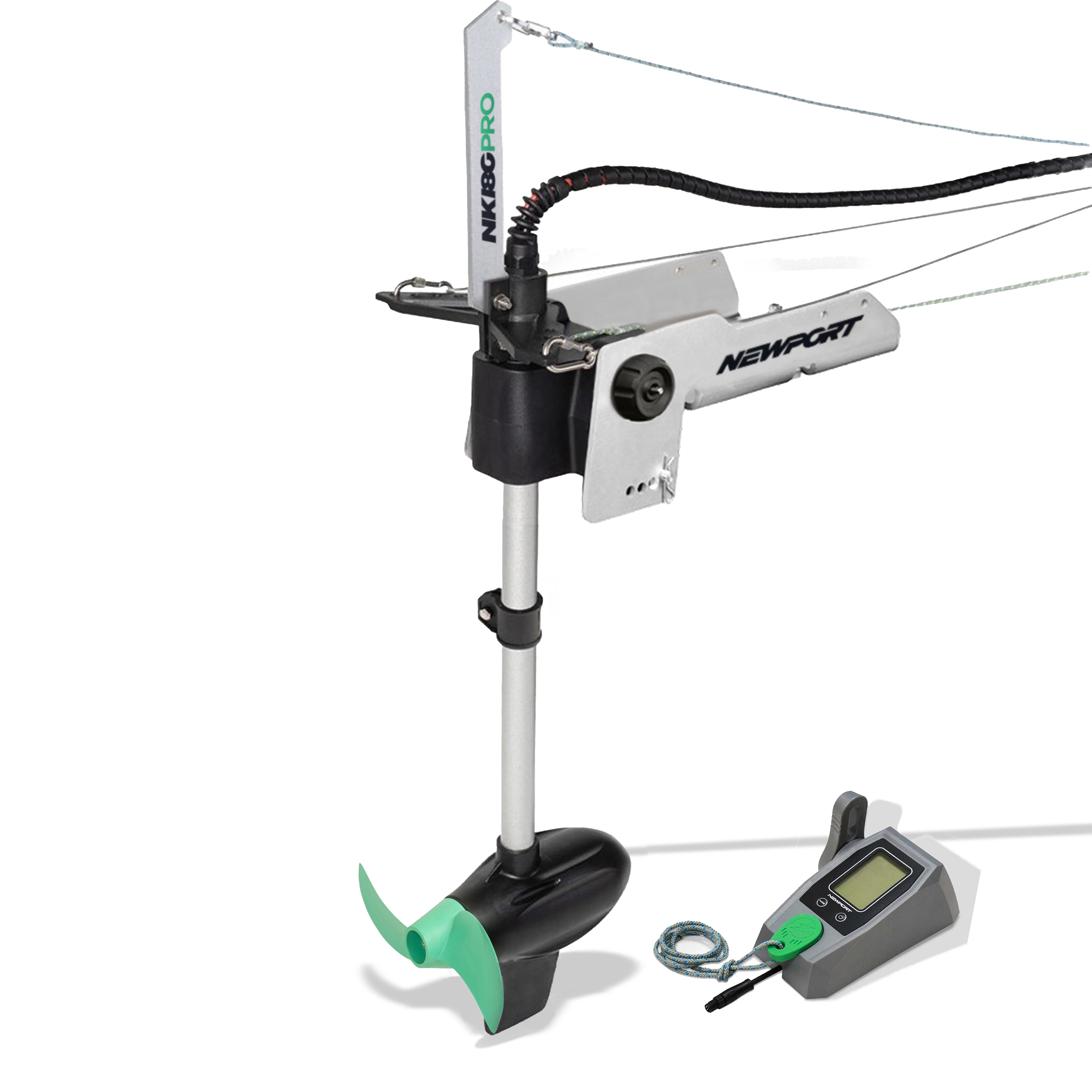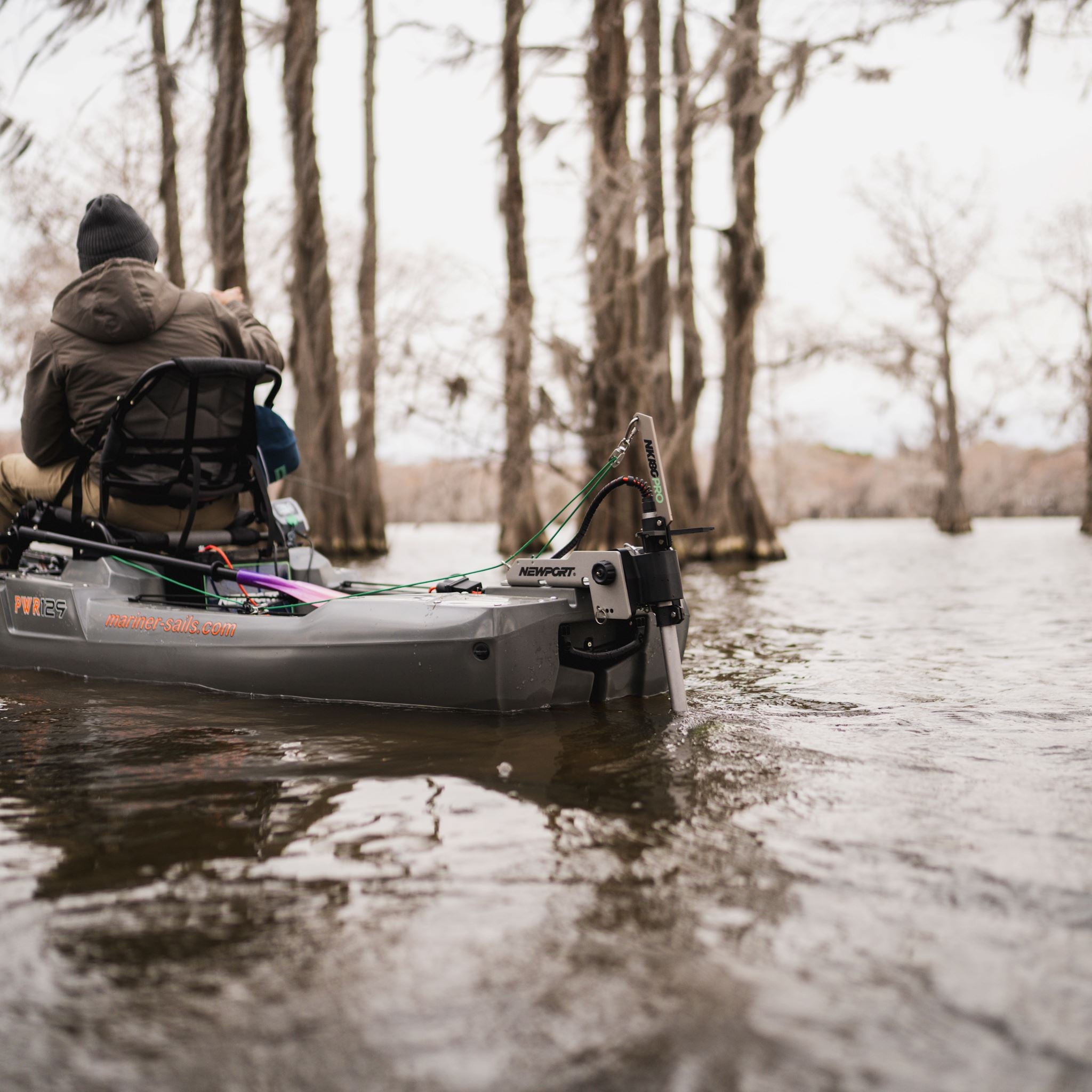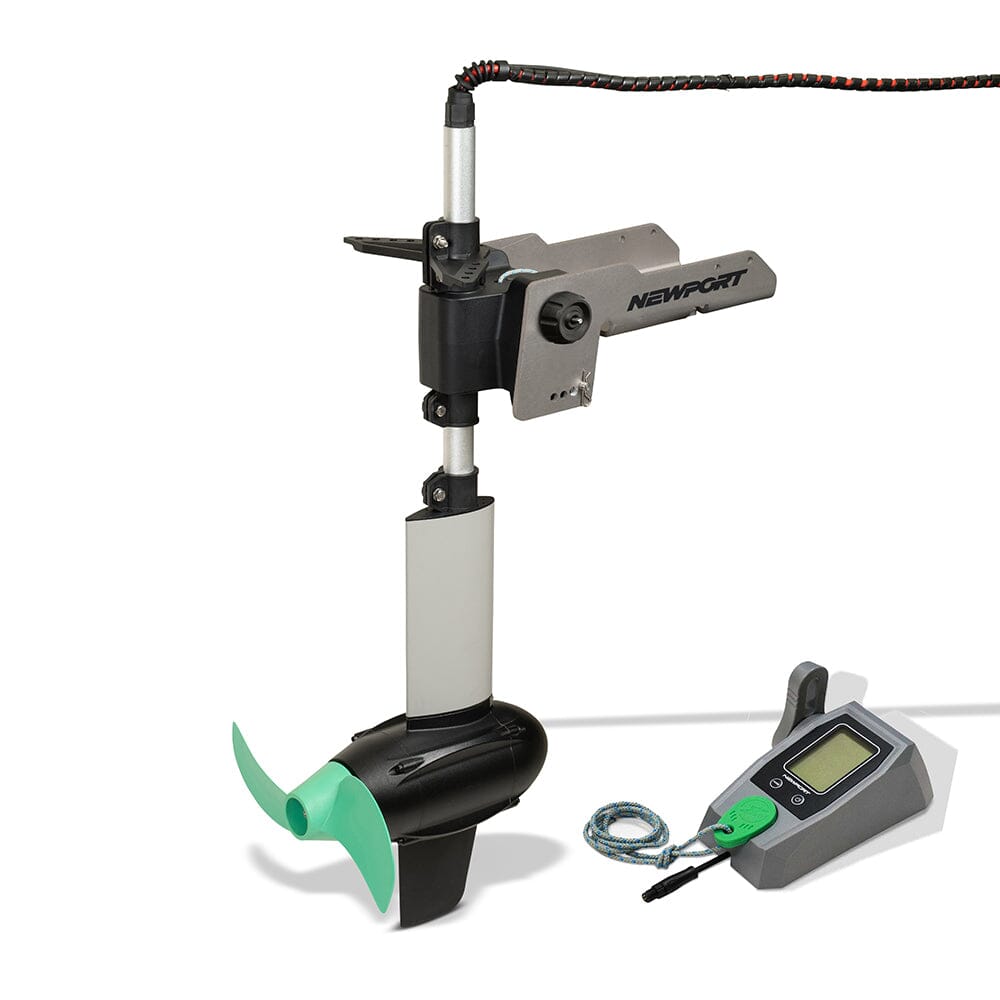Fishing Ponds and Lakes
We all have that one spot. That farm pond or small local lake where we learned to fish but have since graduated to larger water and presumably larger fish. Well, this spring you may need to take a step back and revisit that old farm pond, because the fishing is going to be hotter there than at your local reservoir.

In the early spring the weather can be drastically inconsistent. Because of this the larger bodies of water will usually retain their cool winter temperature until consecutive warm days become the norm. However, even though the weather is inconsistent this is usually a big enough change to bump up the temperature a few degrees in smaller water.
Due to their size, smaller water lakes heats up quicker than larger lakes. A few days of warm weather strung together is all it takes to get these bass moving. Look for anything that may absorb some of the sun. Stumps, docks, or rocks are great places to look for fish.
Bass are not very picky this time of the year. They just spent the whole winter fasting and conserving energy so they’ll eat just about anything. Senko’s, crawfish, and any type of worm will work great, as well as crankbaits and spinnerbaits. Downsizing your lures will work best on these ponds. The forage in these small bodies of water are not very large, so anything too big will look unnatural to the fish.

Because the water has warmed up there will be a plethora or crawfish and bluegills lurking in the shallows. When selecting lure colors try to match those two food sources. Once the water warms up to the 60’s you can start throwing some topwater lures. Frogs are most common on farm ponds and are incredibly fun to throw.
When fishing these small ponds or lakes, it’s important to remember there is less water to cover during the day. Because of this you shouldn’t feel the need to rush through a spot and then fire off to the next one, take your time and work each area thoroughly.
Before you get to a spot take some time to scout the area or even the whole lake. Do you see any bass cruising the shallows? Do you see any structure? If you don’t see any bass cruising the shallows first thing in the morning then work structure first and check the shallows again later in the day. That will allow the sun more time to warm the water, which will attract more fish. If you can make the time to scout out the water and create a game plan, it can make for a much more successful day.
Something that gets overlooked by a lot of anglers is stealth. Small water bass can be very spooky. If you’re fishing from the shore walk up slowly and stay a few steps back from the waters edge. Same if you are in a kayak or a Jon boat, and always use an electric trolling motor to reduce boat noise. Approach each area slowly and cautiously and avoid banging your paddle on the side or slamming down any tackle boxes.

When fishing near a bank where snags are not a problem, a great way to catch bass cruising the shallows is to cast your lure onto the bank and slowly bring it into the water. Because there is no splash this is a great way to present your lure to some easily spooked fish. Plastics and weedless frogs usually work best for this approach.
Clear monofilament and fluorocarbon are the best types of line to use for this type fishing. There are not many lunkers in small water so 8-12lb test will do the trick. And if you do wind up hooking into a good sized bass you’ll still have some line strength to play the fish with.

